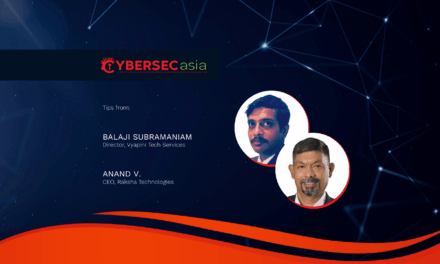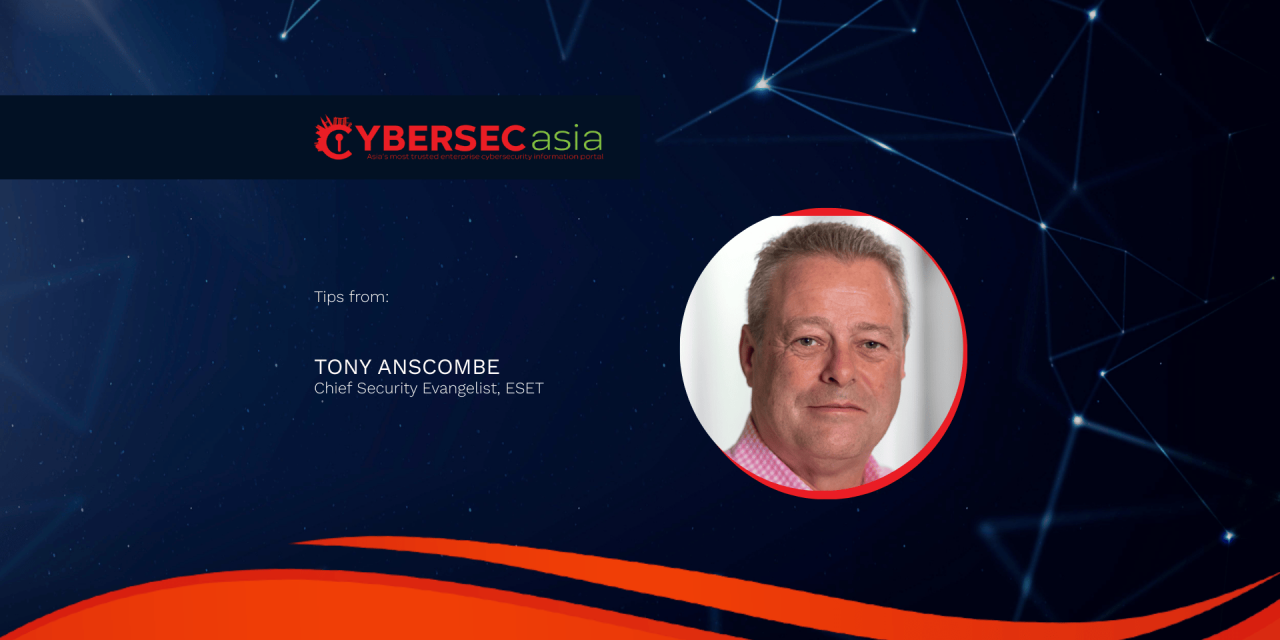Continuous surveillance provides early threat detection, improved incident response, and enhanced risk prioritization, ensuring stronger organizational resilience against evolving cyber threats.
As digital transformation accelerates across industries, attacks are becoming more frequent and sophisticated, causing organizations to spend significant time and resources reacting to threats rather than staying ahead of them.
Traditional response methods are no longer enough: organizations need a proactive, prevention-first strategy that continuously assesses security gaps, identifies vulnerabilities, and mitigates risks before they can be exploited.
To stay ahead of evolving threats, organizations can, as part of a proactive and resilient cybersecurity strategy, consider adopting Continuous Threat Exposure Management (CTEM).
Staying one step ahead
Developed in the early 2020s, CTEM is a method that continuously monitors and assesses an organization’s security posture, identifying vulnerabilities and potential threats in real time. It differs from traditional periodic assessments, which only provide a snapshot of an organization’s security posture at a given moment.
Instead, CTEM is a dynamic, continuous process, regularly identifying weaknesses and assessing the likelihood of various threats. The key advantage of CTEM is its ability to provide real-time awareness of vulnerabilities, enabling faster responses and more informed decision-making. This is vital in an age when cyberattacks happen in real time, and adversaries are constantly adapting their techniques.
Key CTEM principles
By maintaining real-time insight into the security environment, CTEM can help organizations prevent attacks rather than react to them. It comprises three key components:
- Continuous monitoring of network traffic
- Regular vulnerability assessments
- Incident response strategies to quickly contain and address security incidents
By applying a holistic approach to cybersecurity, integrating threat detection, risk assessment, and incident response capabilities, organizations can integrate CTEM to sustain:
- Real-time detection and response to emerging threats
- Continuous vigilance instead of periodic or after-the-fact assessments
- Identification of malicious activity, anomalous behavior, or compromise indicators as they occur
Such continuous monitoring fills the protection gaps often left by traditional periodic risk assessments. The constant vigilance can uncover infrastructure weaknesses such as:
- Outdated software
- Misconfigurations
- Newly discovered vulnerabilities
Facilitating effective incident response/risk mitigation
Time is critical in detecting and responding to security incidents. The rapidity and efficiency of response often determine damage extent.
- Implement predefined incident response workflows
- Define specific steps for containment, mitigation, and recovery
- Detect deviations from required security controls quickly
- Manage incidents in a controlled manner to minimize chaos and escalation
- Meet regulatory compliance standards for cybersecurity incident reporting and response
Regularly maintaining and testing response plans can also enhance operational control during incidents.

















